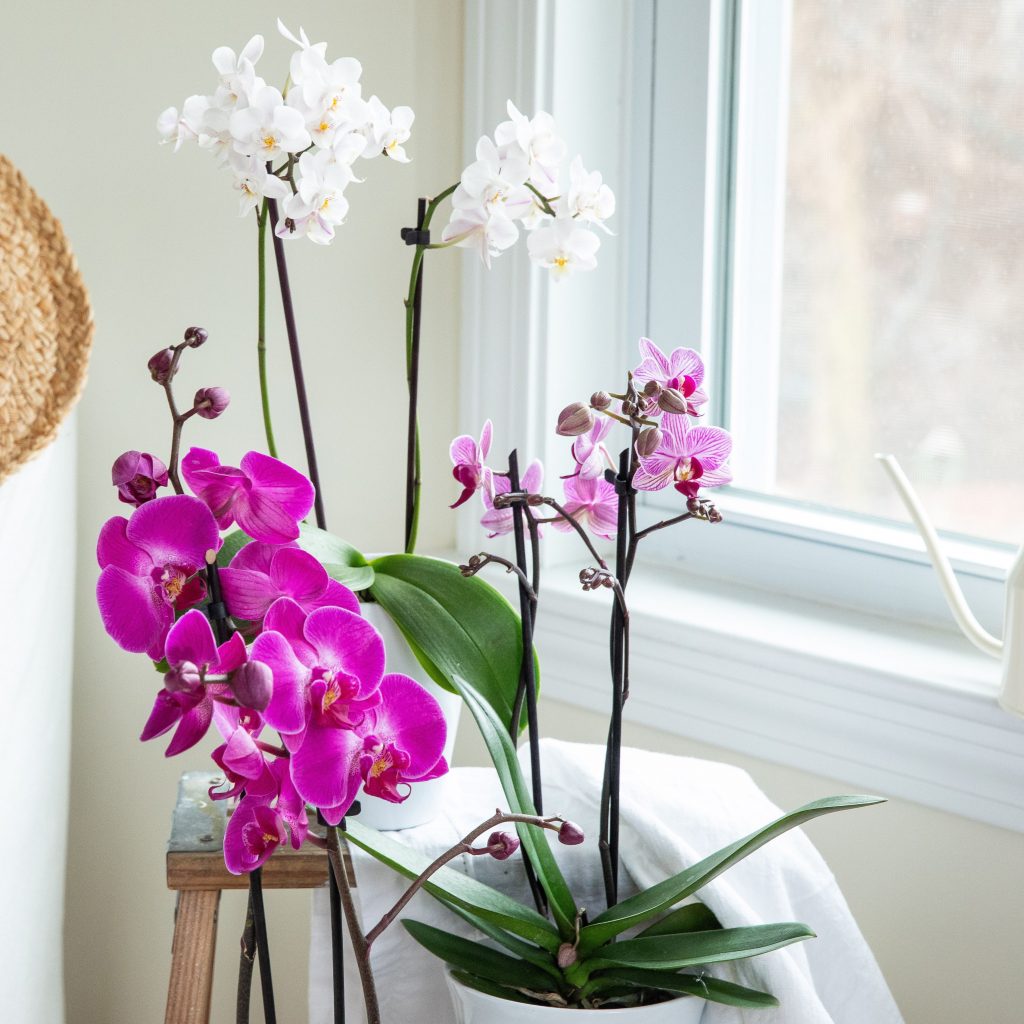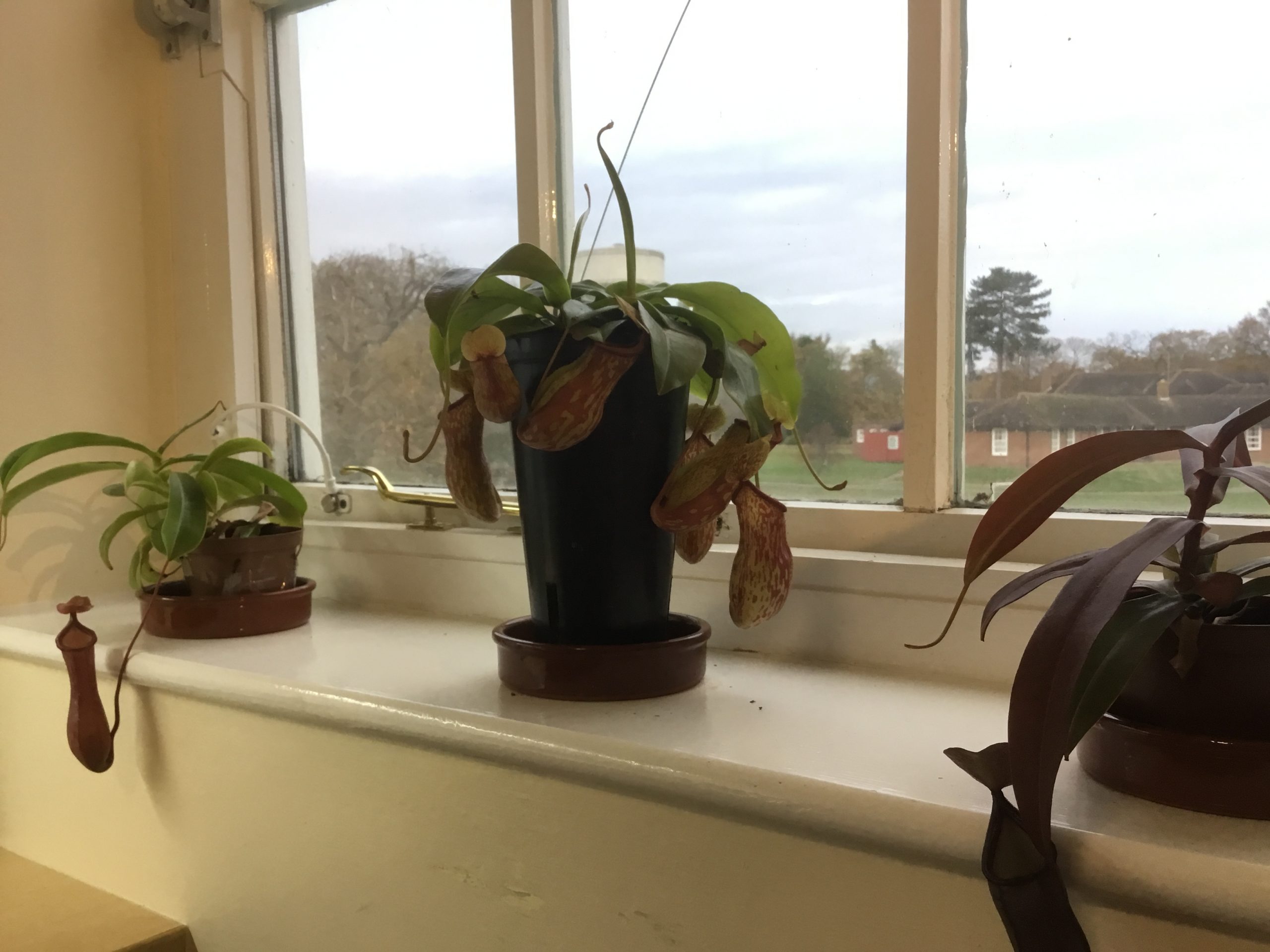The Art of Dorm Plants – Ben Jackson
The average RHS dormitory is usually very sparse and dull, consisting of no more than the bare necessities for school life. This, however, doesn’t always have to be the case. There is, a way to brighten up any dorm, through the means of Mother Nature herself. Yes, I am talking about house plants. Although seeming at first quite daunting, I’m here to tell you that even for those who are convinced they can’t keep a plant alive, there is almost definitely a species of plant for you that will bring to life your windowsill or desk.
Benefits of House Plants
Purifying Air: Plants remove toxins from air –up to 87% of volatile organic compounds (VOCs) every 24 hours, according to NASA research. VOCs include substances like formaldehyde (present in rugs, vinyl, cigarette smoke and grocery bags), benzene and trichloroethylene (both found in man-made fibres, inks, solvents and paint). Benzene is commonly found in high concentrations in study settings, where books and printed papers abound.
Modern climate-controlled, air-tight buildings trap VOCs inside. The NASA research discovered that plants purify that trapped air by pulling contaminants into soil, where root zone microorganisms convert VOCs into food for the plant.
Easier Breathing: When you breathe, your body takes in oxygen and releases carbon dioxide. During photosynthesis, plants absorb carbon dioxide and release oxygen. This opposite pattern of gas use makes plants and people natural partners. Adding plants to interior spaces can increase oxygen levels. At night, photosynthesis ceases, and plants typically respire like humans, absorbing oxygen and releasing carbon dioxide. A few plants –orchids, succulents and epiphytic bromeliads –do just the opposite, taking in carbon dioxide and releasing oxygen. Place these plants in bedrooms to refresh air during the night.
Mental Well-being and reduced stress: It are scientifically proven that just by participating in some nature related activity, stress and anxiety is reduced. By having a plant in your room, nature is on your windowsill and just basic gardening activities to maintain your micro habitat is a great way to reduce stress, especially in the hectic RHS week. I find having a plant in my room helps me gain a better perspective of the challenges I may face and make any small minor inconvenience seem less like the end of the world.
Beginner Plants
So, you have never grown a house plant before? There are a few perfect ways to start to make sure your first experience doesn’t end up turning into a pile of brown, shrivelled leaves.

Cacti and succulents: Succulents and cacti are ideal for those who forget to water and care for plants. They are very adaptable and can survive many adverse conditions. They need to be placed on a bright spot and a well-drained soil with little water. Believe it or not, I have killed cacti in the past by ‘over caring’ for them, so my advice, just leave them be and they should reward you.

Snake plants: The snake plant is one of the best plants for the beginners. Easy to grow and hard to kill, it can be grown in low light and need to be watered occasionally. Snake plants also remove toxins from the air. For these reasons, this makes the snake plant a perfect houseplant for beginners.

Golden Pothos: Plants of the pothos family are easy to grow and become great houseplants for beginners. This attractive and durable vine prefers bright indirect light and a draft free place. It can grow in low light and needs moist soil.
Peace Lilies: The peace lily is among the easiest plants to grow indoors. It can tolerate a wide range of lighting conditions and needs only moderate watering. With graceful curving leaves and white flowers that rise up from the dark foliage, the peace lily looks exotic and elegant.
Spider Plant: One of the most popular houseplants. Its popularity is due to its toughness and the ease of growing and maintenance. The plant can easily adapt to almost any condition. Keep the plant in a bright spot and maintain slight moisture in the soil and it will grow happily.
Monstera (Swiss cheese plant): A large plant, not for the faint of heart and a favourite of Mr Hodson. Water Monstera moderately and evenly, about once a week. Wait until the soil is fairly dry before watering again. Keep in a fairly humid environment. To curb excessive growth, avoid re-potting too often and prune regularly by pinching off new growth.
More Advanced Plants
Orchids

Despite having a nasty reputation for being quite difficult, keeping orchids doesn’t have to be daunting. I find that my orchids are some of the easiest of all my house plants to look after. They require very little time once you are aware that their care is a little bit different to other indoor plants. The most important thing to remember with these beautiful plants is less is more. Most mistakes with orchids are made with (too much) watering and feeding. As a beginner with orchids, it is very important to choose the right orchid types that grow easily and that are low maintenance. Best beginners’ orchids are usually Phalaenopsis, Odontoglossum, Oncidium and Miltonia.
Carnivorous Plants
Now for those of you really looking for a challenge, try your hand at keeping a species of carnivorous plants. I have no shame in saying I am addicted to keeping these marvels of nature and spend an unhealthy amount of money on different species and cultivars; in my greenhouse at home, I have 8 Sarracenia Pitcher-plants, two Venus Flytraps and a drosera sundew. Carnivorous plants are the only plants I keep at school, with my windowsill being home to 3 species of Nepenthes tropical Pitcher-plants: Nepenthes Alata, Nepenthes Gaya and Nepenthes Singalana.
Sundews of the genus drosera are a good place to start for those new to carnivores. Place on a sunny windowsill in a deep dish/ saucer; this dish must always be filled with rainwater or distilled water, any water that isn’t rain or distilled will kill your plant very quickly, so tap water is off limits. This is the same for all carnivorous plants as they have evolved in nutrient poor soil and therefore gain nutrients from the bugs they catch, not through the soil; any water containing above 100ppm, will ‘burn’ their roots and the plants will die. Venus flytraps are the pickiest when it comes to water quality which is why I would not recommend them unless you are sure of the quality of your water source. I collect water from rain butts at home and bring that water into school to water my pitcher plants.
For beginners, I also wouldn’t recommend fly traps or temperate pitcher plants if the order sarracenia due to their need for a dormancy in the winter months; without this dormancy the plants will die the following year. Therefore, tropical and subtropical carnivores like sundews are the way to go in my opinion for those new to the hobby.















Post Comment
You must be logged in to post a comment.